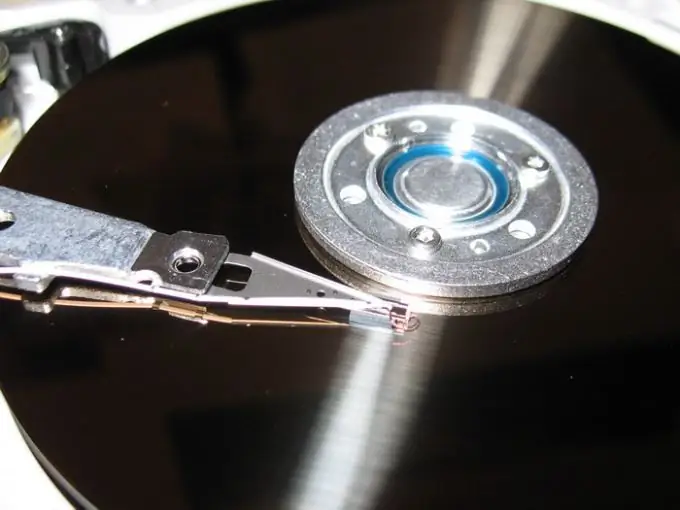Recently, large hard drives have begun to appear (from 200 GB to terabyte). Today it is no longer surprising to have a one terabyte storage device. Therefore, now the question of dividing the hard disk into several partitions has arisen, which provides a quick check and high-quality defragmentation. In addition, the presence of several partitions on one hard disk allows you to reduce the load on the entire disk as a whole.

Necessary
Partition Magic software
Instructions
Step 1
To partition your hard drive, use Partition Magic. When using it, you can divide the disk into several parts, avoiding MS-DOS mode. Run the program. If your system has only one disk that needs to be partitioned, then right-click on it - select "Tasks" - "Create a new partition".
Step 2
A new window will appear in front of you - click the "Next" button.
Step 3
Select "After C:" (Recommended) - click "Next".
Step 4
Select "Partition Properties" - set the partition of the created disk.
Step 5
Select "Create as …" - "Logical (Recommended)" - select the file system (preferably NTFS) - assign a drive letter - click the "Next" button.
Step 6
Click the Finish button - then click the Apply button.
Step 7
After closing this window, the program will indicate to you that you need to reboot.
Step 8
During the reboot process, the hard drive will begin to partition. This operation can take a significant amount of time if the hard disk is large. Another factor in the long-term performance of the operation may be the presence of information on the hard disk.
Step 9
After performing the hard disk partitioning operation and booting the computer, check the hard disk for errors and defragment it.






